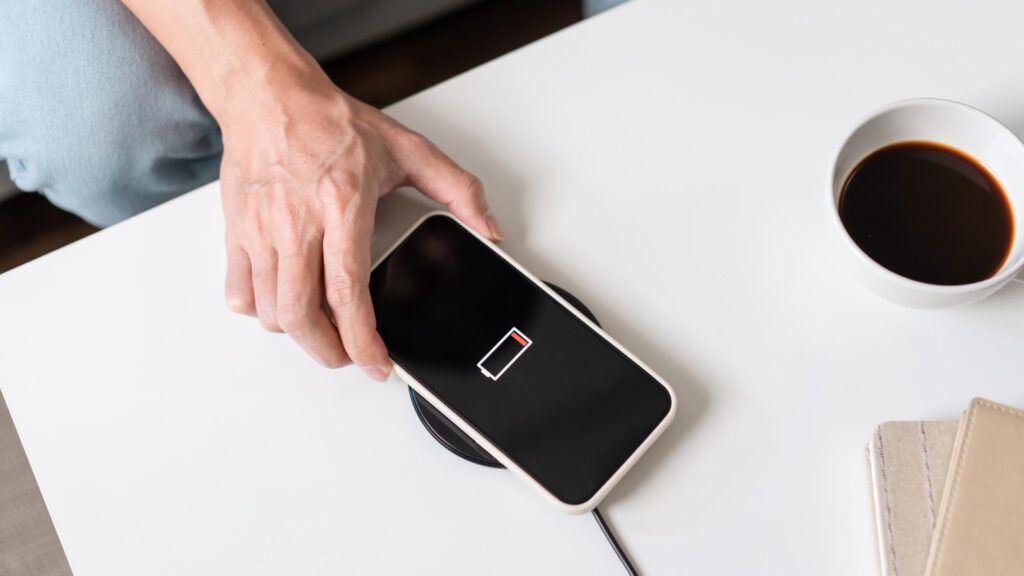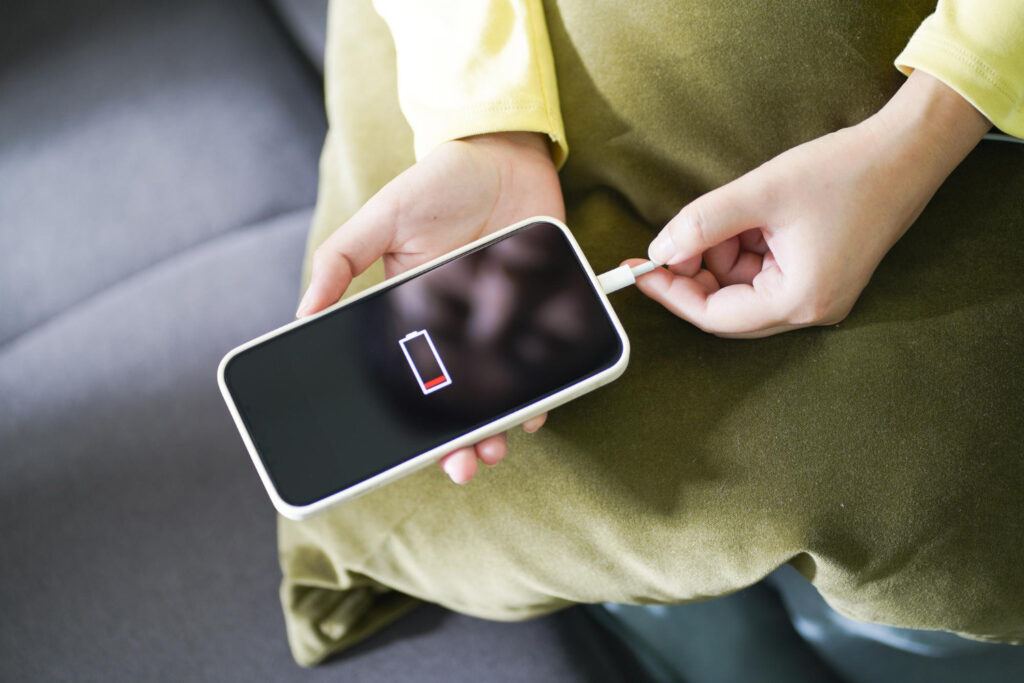You don’t need a complicated ritual to keep an iPhone quick today and healthy next year. What matters most is when and where you move power, how warm the phone gets while doing it, and how long it lives at the extremes. A simple plan can protect capacity without slowing you down: finish charging near the time you wake, rely on short daytime top-ups that keep you in the comfortable middle of the gauge, and treat heat as the signal to adjust your approach. With those anchors in place, you’ll avoid the quiet battery killers—hours at 100%, deep dips to empty, and warm refills during heavy use—while still enjoying predictable uptime. The result is convenience that feels the same day to day, plus a battery that holds its stamina over many cycles.
Anchor a cool, predictable overnight window

Night is the easiest moment to control because you’re not using the phone, and a stable environment lets charging happen quietly. The trick is timing: aim to complete the charge close to when you wake, not at midnight. That simple shift reduces the hours the battery spends at peak voltage, which is where wear accelerates. Plug in at a consistent time, give the phone space to breathe on a table or stand, and avoid coverings that trap warmth. If your schedule occasionally demands an early start, split the fill: a brief pre-bed boost and a short finish as you get ready. Keep the phone on a surface that allows airflow, and prefer a steady wired connection in warmer rooms since it tends to generate less waste heat than a pad pressed against the back glass. The goal isn’t perfection; it’s a dependable window that ends near your alarm so you unplug and put that energy to work immediately.
Live in the middle with short, timed top-ups
Batteries are happiest away from the edges. Rather than running low and then climbing all the way back to full, sprinkle brief top-ups into the natural pauses of your day. Ten to fifteen minutes while you settle at your desk, make coffee, or prep for a meeting can nudge the gauge from the 40s into the 60s or 70s, where the chemistry is under less stress. Because these sessions are short, the phone stays cooler and you skip the sluggishness that follows deep discharges. Anchor the habit to places you already visit—a kitchen counter, an office dock, a car console—so it happens without thought. On light days, skip a bump; on heavy days, add one before navigation, filming, or long calls. If you truly need a full charge for an evening, make it a single, decisive refill rather than repeated pushes to 100%. Over a week, this rhythm keeps convenience intact while quietly cutting the time your battery spends at its hardest states.
Control heat: choose smarter spots, cables, and workloads
Heat is the stress you can feel with your fingers, and it’s the one factor that compounds every other. Whenever you can, add power when the phone can stay cool. Wired charging is usually the most efficient way to move a lot of energy quickly without as much heat loss; keep a good cable at hand for short, clean sprints. If you use wireless, pick a stand that lets air circulate and avoid stacking the phone on soft or insulating surfaces. When the device is already busy—gaming, recording video, running maps—try to separate the charge from the workload: dim the screen, pause the task, or pause the charge and resume once the phone has shed warmth. In a hot car or sunlit room, relocate to shade or in front of a vent before plugging in. If you notice steady warmth mid-charge, shorten the session rather than powering through. Cooling the environment, even slightly, often matters more than chasing a particular wattage.
Make cars, travel, and desks work for you, not against you
Your commute and workspace can either amplify stress or remove it. In the car, a wired connection typically runs cooler and steadier than most pads, especially in summer, and it moves enough power to offset navigation without cooking the back glass. Mount the phone where airflow reaches it, not pressed against a pane in direct sun. At your desk, use a short, quality cable and a simple stand that keeps the device upright so heat can dissipate; avoid perching it on a running laptop or an amplifier that radiates warmth. While traveling, treat long waits as mid-range refill opportunities: top up during boarding or while grabbing a drink, then unplug and stow the phone instead of leaving it to warm under a jacket. A small power bank lets you choose cooler moments to add energy and prevents the deep dives that happen when outlets are scarce. Across these contexts, the pattern stays the same: brief, cooler sessions beat long, hot soaks.
Keep the system calm so charging isn’t fighting the phone
A phone that’s busy in the background charges hotter and slower. You don’t need a sweeping purge; just quiet the worst constant tasks during refills. Let heavy syncs finish at night when the room is cool, and keep midday bumps simple by locking the screen and setting the phone down. Trim aggressive background refresh for rarely used apps and reduce location polling that keeps radios awake while plugged in. Use reliable, intact cables and bricks so power negotiation is clean and resistance doesn’t create warmth at the connector. Every few weeks, clean the port so debris doesn’t cause a loose fit and heat spots. If you favor very fast adapters, use them for short runs, then step down to a gentler trickle as you approach the level you need. The quieter the phone is while plugged in, the shorter and cooler each session becomes, and the more predictable your routine feels in daily use.
Revisit monthly, aim for consistency, and accept normal aging

Battery health is a slow trend, not a grade you change overnight. Check in monthly: if you routinely feel warmth during charges, shift locations, shorten sessions, or swap the method until temperature drops. If mornings finish too early, nudge your plug-in time or move the charger to a spot that aligns better with your routine. Don’t chase extremes; even ideal habits won’t freeze chemistry, and some wear is simply the cost of use. What your plan does is remove avoidable stress—fewer hours parked at full, fewer scrapes with empty, and fewer hot refills during heavy workloads—while preserving the convenience that keeps you moving. When capacity eventually falls below your comfort, a battery replacement is a normal, practical refresh for a device you rely on. Until then, keep the pattern light and boring: cool overnight finishes, brief daytime bumps, and small adjustments when heat shows up. That steady rhythm protects capacity and keeps speed on tap without turning charging into a chore.




Leave a Reply